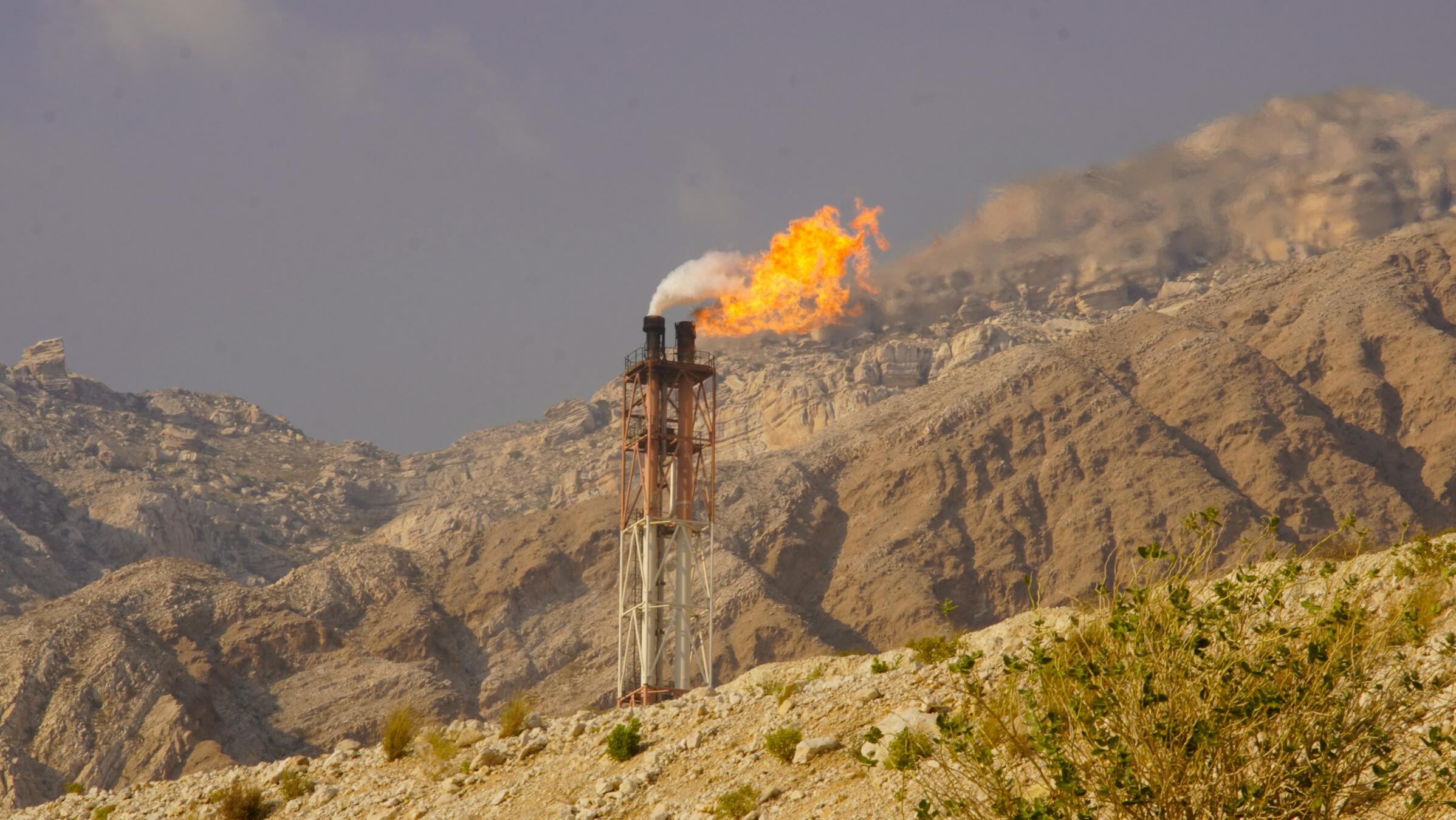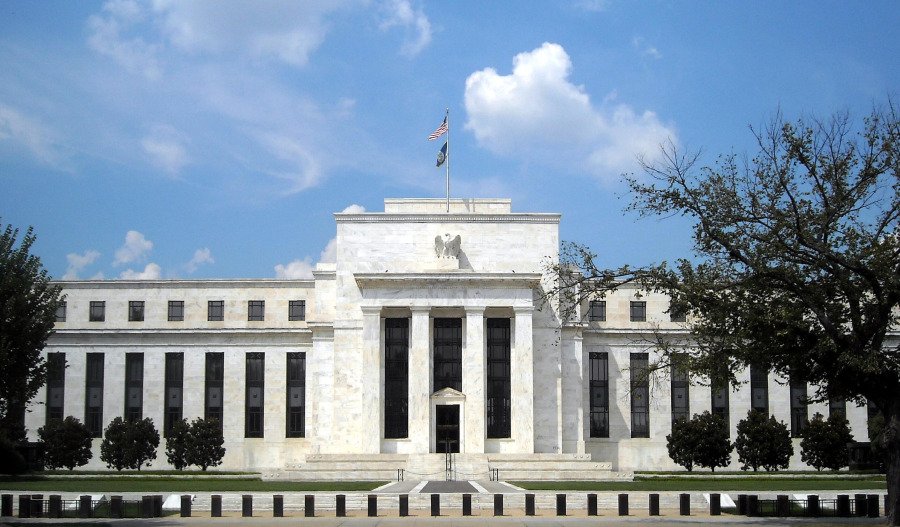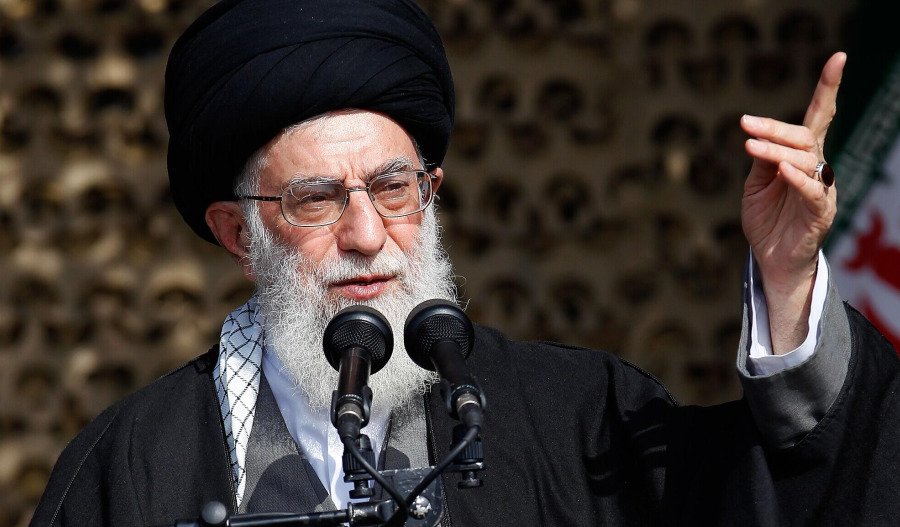Oil prices fell during Thursday’s Asian session, as traders hesitated to take fresh positions amid rising geopolitical risks in the Middle East.
By 2:45 pm AEST (4:45 am GMT), Brent crude futures for August delivery were down $0.30, or 0.4%, at US$76.40 a barrel. U.S. West Texas Intermediate (WTI) crude for August also slipped, falling $0.17, or 0.2%, to US$73.33.
The declines came as investors absorbed mixed signals from United States President Donald Trump regarding potential military intervention in the escalating conflict between Iran and Israel.
Trump told reporters on Wednesday that he had yet to decide whether the U.S. would join Israel in its operations against Iran, keeping markets on edge as the conflict entered its seventh day.
Direct U.S. involvement could significantly expand the conflict and threaten critical energy infrastructure in the region—particularly near the Strait of Hormuz, a key chokepoint through which about 19 million barrels per day (bpd) of oil and refined products are transported.
“Bullish options are fetching their biggest premium in more than a decade and volatility has surged to a three-year high,” analysts at ANZ noted. “For now, there are no disruptions to supply. Iranian crude oil exports have jumped since the nation came under attack from Israel.”
Iran remains the third-largest oil producer within the Organisation of the Petroleum Exporting Countries (OPEC), with output around 3.3 million bpd.
Goldman Sachs said on Wednesday that a geopolitical risk premium of around US$10 per barrel is justified in the current environment. The investment bank warned that broader disruptions could lift Brent crude above US$90 per barrel.
On the data front, the U.S. Energy Information Administration (EIA) reported a sharp decline in domestic crude inventories. Stockpiles fell by 11.47 million barrels last week, far exceeding market expectations of a 2.3 million-barrel draw.



